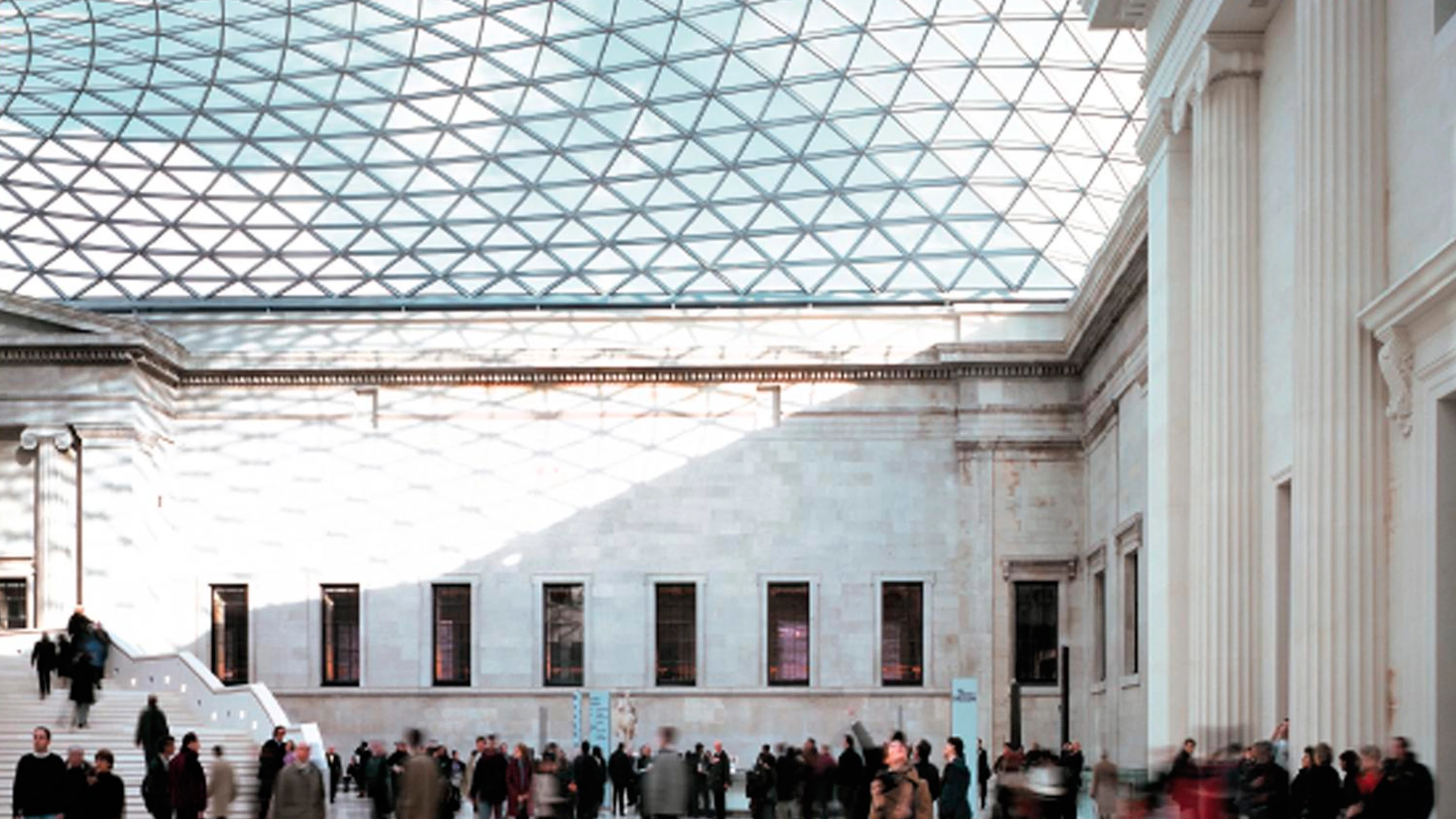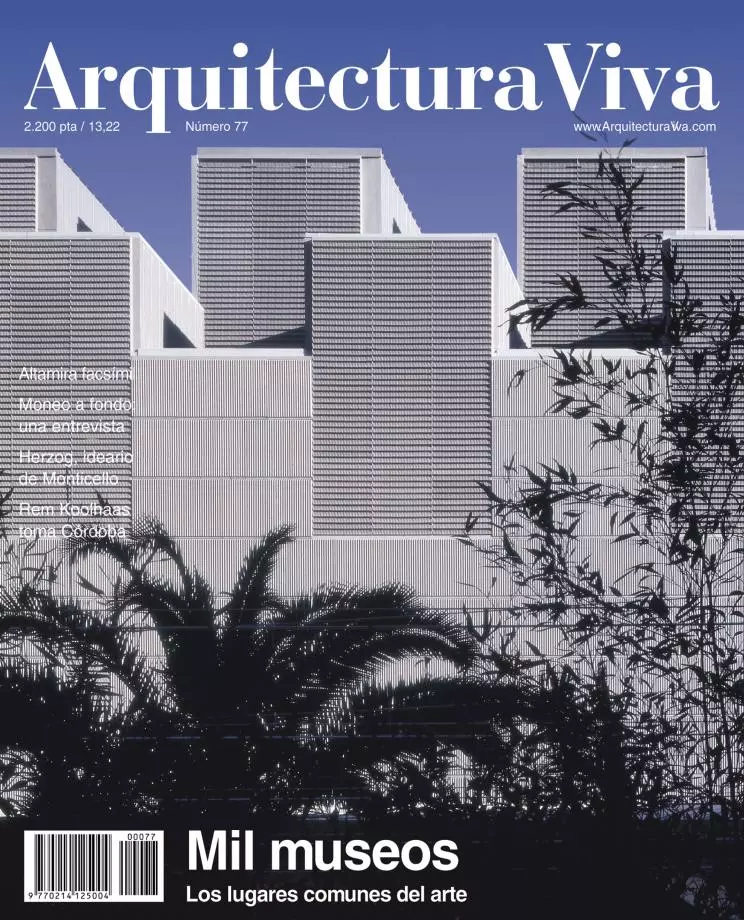
If politics was the religion of the 19th century, art has been that of the 20th. Fed by a unanimous piety, its sanctuaries have spread over the prosperous regions of the planet, and traveling made easier has moved swarms of pilgrims to the holy places of cult, overflooding the old drowsy temples with their devout affluence. At the beginning of the 21st century, both the proliferation of new chapels and the growth of ancient basilicas draw a panorama of fervor without boundaries, which has made buoyant churches out of museums and a renewed faith out of art, promoting a plentiful harvest of constructions that sprinkle historic centers, urban areas and peripheral landscapes.
Popularity and the masses have brought about trivialization and commerce. In the churches of art, the worshipped images have multiplied endlessly in copies and facsimiles, self-absorbed contemplation has been replaced by rushed transit, and the exhibition of cult objects has given way to the supply of liturgic shows. Through large exhibitions, multimedia set-ups and interactive presentations, museums have become theaters, and their galleries stages where works are no longer displayed, but represented: the treasure chest is today the costume trunk, and all the vessels are rubbed with the cloth of feverish novelty until their shine awakens the genie of the commercial lamp.
These cultural amusement parks provide experiences. Both pedagogical entertainment and cultivated leisure are here subordinated to an emotional narration that either delights or disquiets, and this staging of excellence aims at becoming a vital experience to be stored in the memory of the visitor-spectator. The architectural containers of these white magic ceremonies cannot simply offer anonymous spaces for silent withdrawal, and in the last bloom of buildings for exhibition we find many loquacious and narrative pieces whose rotund expressive forms very often assume the protagonism of symbolic seduction, summoning on their own the fleeting spirits of sensation.
Present day museums are not temples invaded by merchants, but rather stores run by priests. The shamans have taken over the enlightened institutions of the republic of citizens, and have put them at the service of a mysterious religion bottled in the managerial jargon of brands and franchises, tagging and marketing, financing and profit. Body-snatchers and conscience-kidnappers, museums have succumbed to the temptation of spectacle, replacing preservation and research by entertainment programs that have rendered them at once more numerous and more insignificant, more powerful and more fragile, more conspicuous and more hollow. They are temples of a new religion, but this religion is that of the compulsive consumption of experiences.






